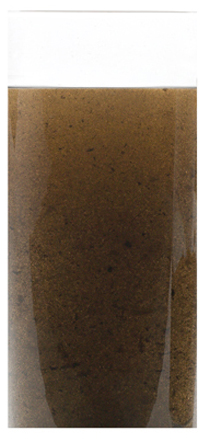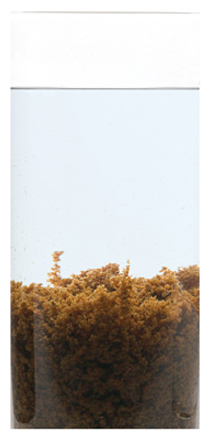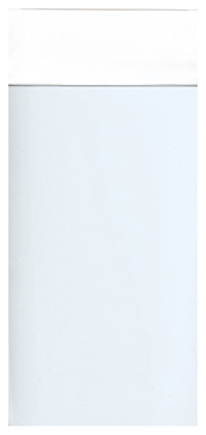The Gear Junkie: PUR Purifier of Water
By STEPHEN REGENOLD
PUR markets its latest water-purification product as a “mini water treatment plant in a packet.” Indeed, the pragmatically named PUR Purifier of Water employs the exact chemical process as used in many municipal water-treatment plants around the Western world.
Developed more than a decade ago by Proctor & Gamble, and used in municipal as well as humanitarian applications, the process introduces iron sulfate and calcium hypochlorite in a powder form to water tainted with sediments and microorganisms. Unlike iodine or other typical treatments used in the outdoors, the P&G process pulls all the gunk in water together, coagulating nasties including cysts, microbes, viruses and bacteria into clumps you can then filter out.

As a two-step process, calcium hypochlorite, a bleaching agent, kicks in after the initial coagulation to kill off any remaining gastrointestinal disrupters. The final result is water that’s 99.99 percent pure, according to data from PUR parent company Reliance Products, which needed U.S. Environmental Protection Agency approval before introducing the chemically-potent product to the consumer market earlier this year.
Scott Mitchell, a spokesman for Reliance, explains the iron sulfate coagulation process by referring to the chemical reaction as a “dirt magnet.” “It reacts in the water and pulls everything in suspension together in clumps,” he said.

Specimen A: Sediment-choked river water.
I tested the product with tannin-tainted water from a stream in northern Wisconsin. Flowing from the depths of the Chequamegon National Forest, the water was dark brown and speckled with sediments and microorganisms swimming free.
Working with the PUR Clean Drinking Water Kit — a $28.99 do-it-yourself water treatment plant that includes the PUR chemicals, stir sticks, filtering cloth and containers — I mixed and stirred and followed directions for 45 minutes. I watched the clock for timed waits while chemical reactions triggered. Slowly, the brown water began to turn clear, with sediment clumping together in a disgusting reddish mass at the bottom of the container.










